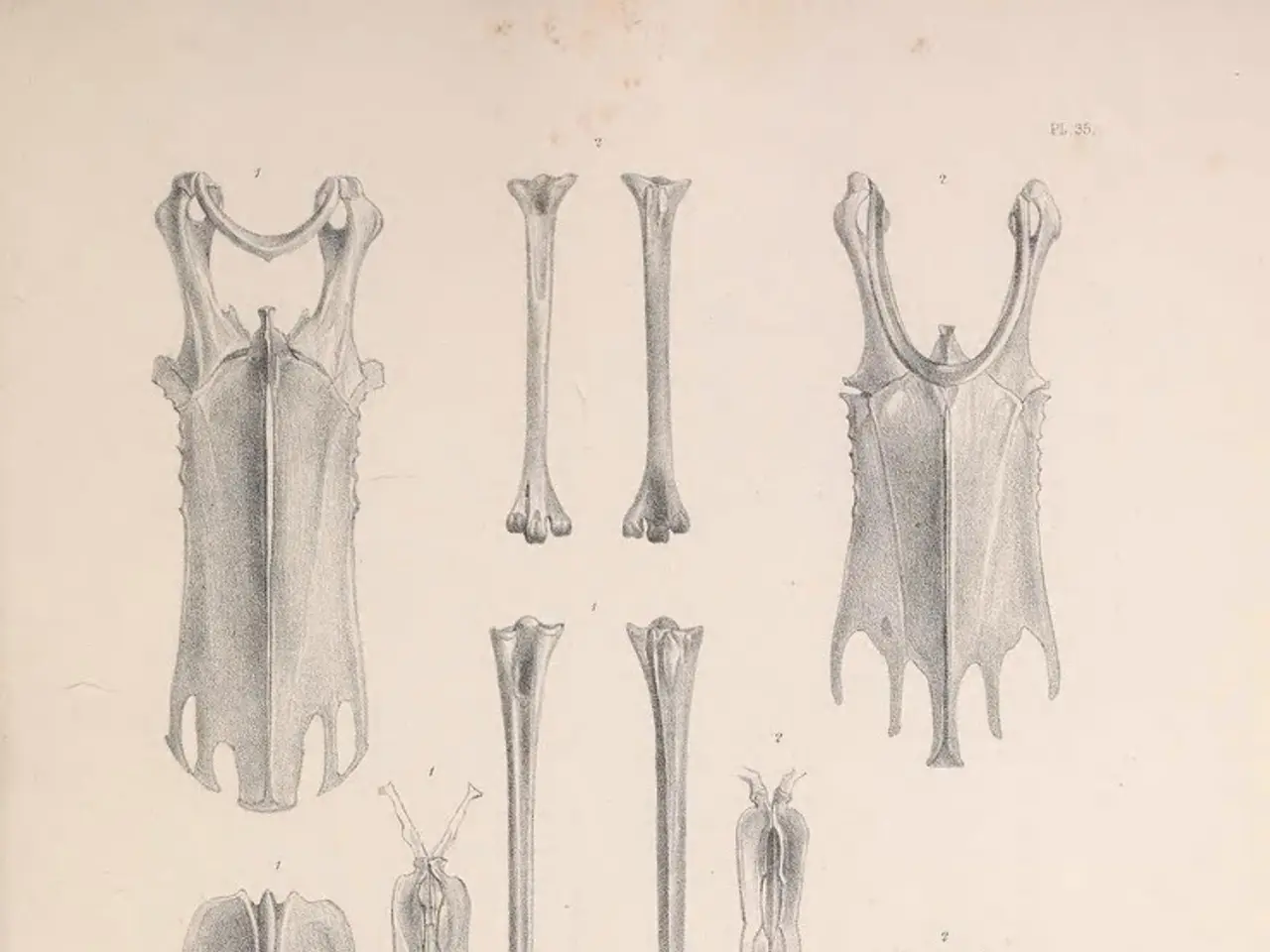Comprehending penis dimensions and compatibility: Crucial facts to understand
In the realm of human anatomy, understanding the average size of certain features is essential for many individuals. When it comes to penis size, there is a wealth of research available, providing valuable insights for those who may be concerned about their own dimensions.
**Worldwide Averages: The Most Reliable Studies**
Most large-scale, internationally reviewed research provides consistent results regarding average penis size. A widely cited systematic review, a collaboration between King’s College London and the UK’s National Health Service (NHS), found the average erect penis length to be 5.16 inches (13.12 cm) [1]. The same review also found the average flaccid length to be 3.61 inches (9.17 cm) [1].
**Range of Normal Variation**
Most erect penises fall between 4 and 6.3 inches (10.2–16 cm); this range covers approximately 95% of men [4]. The typical erect girth is around 4.59 inches (11.66 cm) [1]. Flaccid girth averages 3.66 inches (9.3 cm).
**U.S. Self-Reported Data**
One study reported a slightly higher average erect length of 5.57 inches (14.15 cm), but this was based on self-reported data, which is generally considered less reliable than measured data [1].
**Recent Outlier Claim (6 inches)**
A recent video cites a Stanford study claiming the global average erect length is now 6 inches (15.24 cm), a 25% increase over the past 29 years [3]. However, this claim is not corroborated by the peer-reviewed literature or major scientific reviews to date. The video itself acknowledges that the methodology of this new study needs scrutiny, and it is not yet clear if this result will be accepted in the scientific community [3].
**Key Points**
- The most robust scientific evidence supports an average erect length of just over 5 inches worldwide [1][2][4]. - Significant deviations from this average, either much smaller or much larger, are rare [4]. - Self-reported studies tend to report slightly larger averages, but these are less reliable [1]. - A recent, non-peer-reviewed claim of a sharp increase to 6 inches should be treated with caution until independent scientific review [3].
**Genital Compatibility and Variations**
Genital compatibility is important, and variations in both penis size and vagina size and shape can impact sexual experiences. For instance, differences in anatomy can also affect anal sex, with smaller people potentially having slightly smaller anuses, making penetration more difficult if their partner has a large penis [2]. Similarly, some people have a shallow vagina, with a cervix closer to the entrance, allowing for less deep penetration [2].
If you are concerned about your penis size or believe it may be too large for your partner, open, honest communication is very important in managing these incompatibilities [2]. Tips to improve compatibility include using more lubrication, spending more time on foreplay, elevating the partner's pelvis slightly, experimenting with different sexual positions, offering additional stimulation, incorporating oral sex, and seeking medical advice if concerned about genital size or satisfaction [2].
It's essential to remember that the elastic muscles of the vagina are capable of stretching and returning to their usual shape [2]. However, damage to the pelvic floor muscles from childbirth or surgery may weaken them, making sex painful and causing the vagina to feel either looser or tighter [2]. In such cases, pelvic floor physical therapy and exercises, such as Kegel exercises, may help a person retrain their pelvic floor and overcome pelvic support problems [2].
In conclusion, while there may be some variations in penis size, the average size is relatively consistent across reliable studies. If you are concerned about your own size or compatibility issues, open communication and seeking professional advice can help address these concerns.
- The predictive study on the impact of diabetes and ankylosing spondylitis on health-and-wellness, especially sexual-health, is yet to be conducted extensively in scientific research.
- In the realm of health-and-wellness, understanding the average size of certain features is essential, just as the average size of mens AQ (penis) has been extensively researched.
- In the scientific community, the debate on the predictive relationship between type 2 diabetes and the prevalence of sexual dysfunction remains ongoing, with mixed results.
- When it comes to health-and-wellness, it's important to note that variations in anatomy, such as penis size and vaginal size and shape, can impact sexual experiences and may require open communication and professional advice to address any compatibility issues.
- While recent advances in science have made strides in understanding health-and-wellness, the predictive relationship between diabetes and the risk of receiving a larger or smaller than average penis (in terms of AQ) is an under-researched field.




